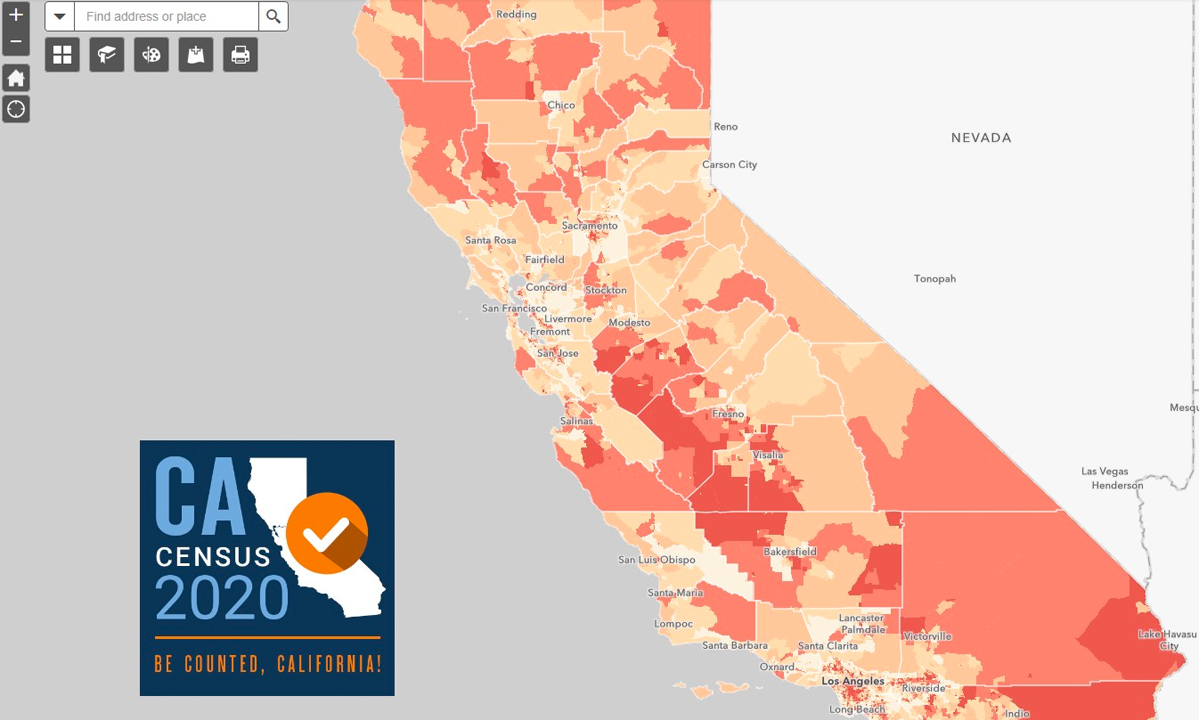Written by Urvi Sakurikar
Last week, the Census Bureau declared that the data will not be released until September 30, five months after the original intended release date of March 31.
Before even preliminary maps can be drawn up, the UC Berkeley Database needs to process the raw data. The same data then needs to be shown at public hearings, and then at neighborhood-by-neighborhood commissions for a number of legislative, Board of Equalization, and congressional districts.
As a result of this recent delay, the Supreme Court may end up pushing back the December 15 deadline even more, possibly overlapping with the start of candidates filing for the offices.
California, already a very complex state, has a history with particularly difficult redistricting, even without the current delay in data. Although the new map will not change the fact that Democrats currently dominate California, the internal conflict between different interests makes the stakes very high.
In addition, California’s slow population growth over the last decade makes the loss of one or two congressional seats very likely. The state has grown a full percentage point below the national average.
The growth trends of individual counties will also cause changes in the new maps. For example, counties such as Los Angeles, San Diego, and Orange have grown at a slower rate than California as a whole, while Riverside and San Bernardino have grown faster.
With that being said, there is no telling when the maps will finally be able to be drawn. And the major delays in data release and processing will only make an already difficult process even more complicated.
Photo via CA.gov




